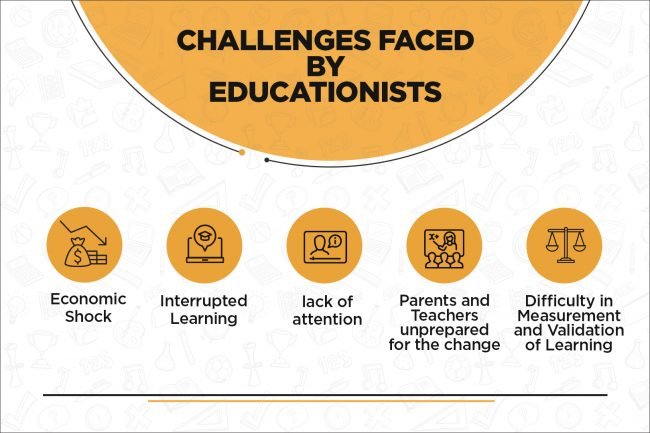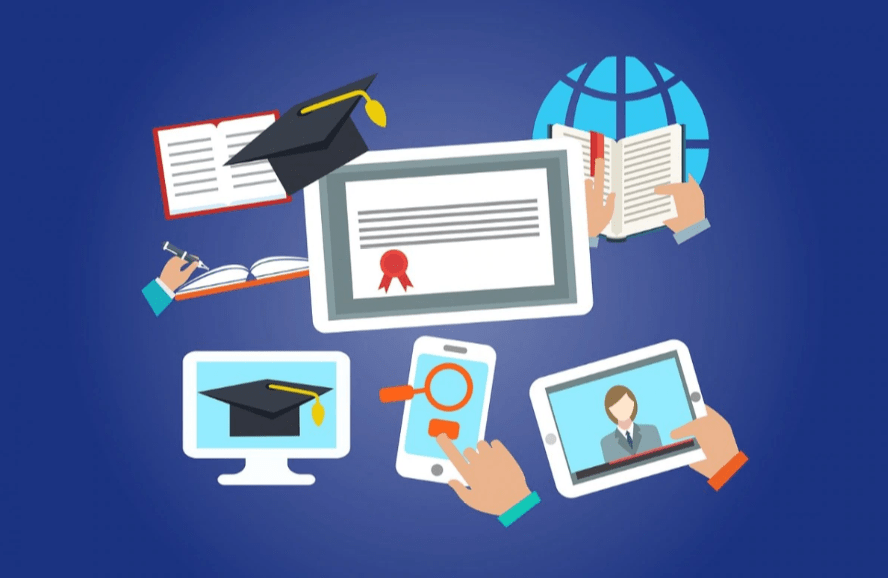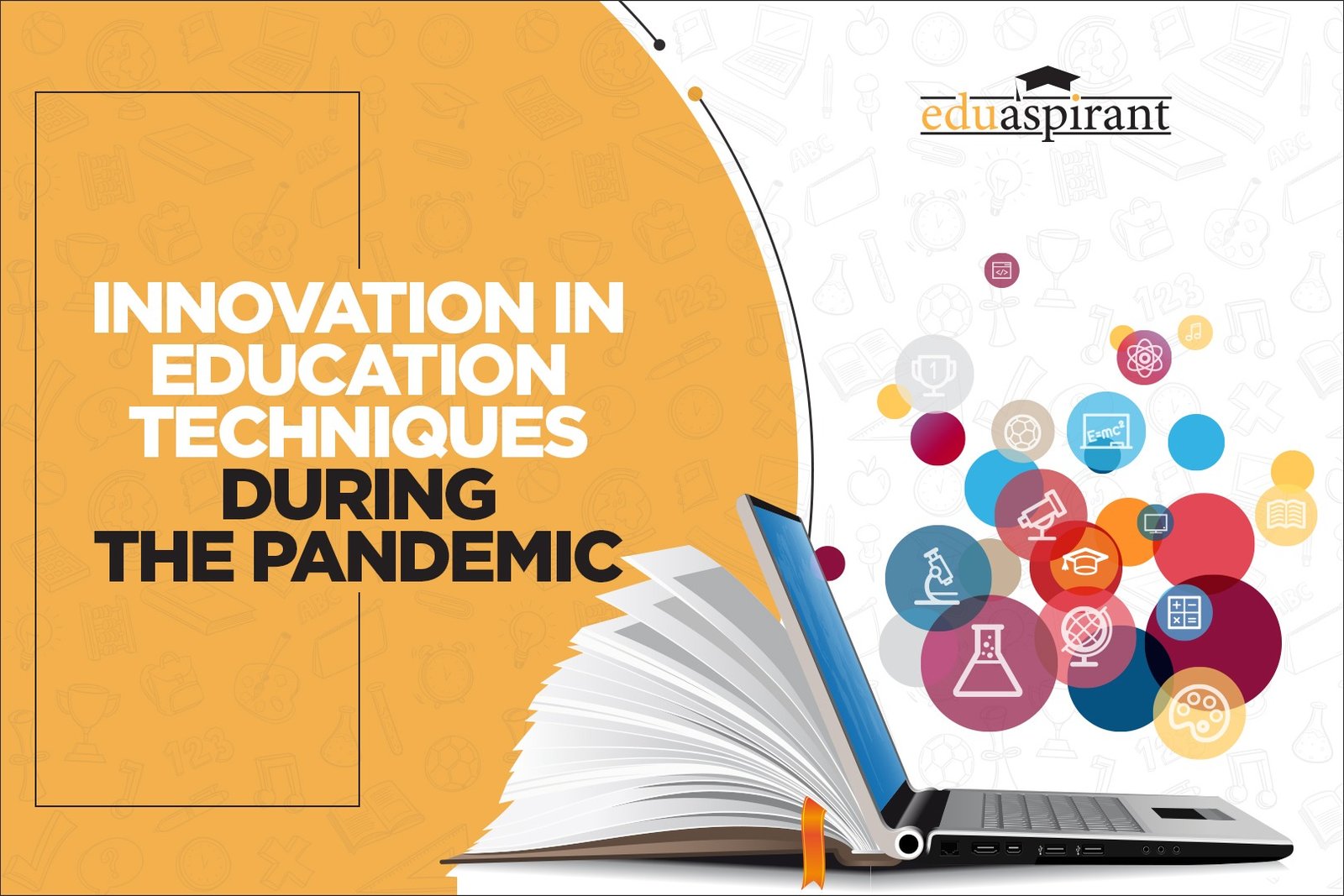COVID-19 has hit the pause button for the world. It has stopped the functioning of the world as we knew it. Yet on the flip side, it has given us an o
COVID-19 has hit the pause button for the world. It has stopped the functioning of the world as we knew it. Yet on the flip side, it has given us an opportunity to re-think, re-evaluate and recreate everything around us.
With over 13 million people affected globally and numbers shooting up every minute, the only way – is to work around it.
Education amidst the pandemic has upended completely. Schools, colleges and universities have shifted to taking classes online.
As per May 2020, around 72% of the world’s student population has been impacted by the nationwide lockdowns. That roughly makes for about 1.3 to 1.5 billion students and youth.
Most industries have been deeply impacted, finding new ways to sustain – mostly by going digital. Education sector takes part fairly in the race!
However, both teachers and students are battling many challenges. Going digital was not the norm and change always takes time to be accepted and executed.
From keeping the attention intact to creating online presentations and quizzes, there is a host of new problems to tackle. The educational challenges during the pandemic have forced experts to innovate and find unique, interesting ways to assist the teachers and engage the students.
Experts like Dr B Ekbal (Chair at the State Expert Committee on COVID-19) believe that we will have to learn to live with the virus.
What does this mean for educationists?
Will it mean more innovation as compared to ever before?
What are the current e-learning challenges and how can they be mitigated?
Let’s go over the challenges. We can then see how the trend-setting technologies are helping us out of them.
Challenges Faced by Educationists

Economic Shock
The International Monetary Fund (IMF) predicts that there will be a reduction of around 3% in the global economy this year. The effects of this are already being seen.
The rate of unemployment has surged around the world leading to massive loss in income. From students dropping out to teachers not getting paid, coronavirus is making it very difficult for everyone. Parents are also struggling to run their household and pay school fees to educate their children.
Interrupted Learning – Lack of Attention
India suffers from a massive digital divide leading to many students missing out on courses. The sudden shift has made the process of learning difficult and boring too. Add limited attention spans and surrounding distractions to that, and we have a major challenge to tackle. Both teachers and students are still struggling their way through online classes.
Parents and Teachers Unprepared for the Change
Teachers across the world have not had the time to adapt their curriculum to the online format. This has resulted in many students losing interest in e-classes.
For parents too, handling technology and facilitating kids’ learning is not easy. Whether this is due to lack of resources, knowledge or finances, it has affected the children’s education deeply.
Difficulty in Measurement and Validation of Learning
Institutions have closed and this has put most things in jeopardy. Exams with high stakes (board exams, etc) require special attention. With students displaced, conducting these exams does not make much sense. Measuring them in such a scenario is a hazard for everyone involved.
Additionally, many exams have been postponed or cancelled due to the risk of the virus spread. This has disrupted the functioning of measurement.
From Crisis to Opportunity
Crises have struck the world time and again. They have only made us stronger and better prepared for the future.
Converting this pandemic and lockdown into an opportunity is a choice that we have to make.

It can help us create better strategies for the education sector, which are resilient & more inclusive.
How do we go about this?
Where do we start?
These are understandable questions and we have some answers and possible routes we can take together.
Firstly, we must recognize the impact of the change.
The way people perceive remote learning has changed completely. People are recognizing the flexibility it gives them along with all the options it adds.
It is now possible to learn multiple skills from teachers across the world at timings convenient to us. We are not limited by location or time. How convenient is that!
Secondly, with boundaries blurring, we can work in a collaborative environment with like-minded people based out of anywhere.
Until now, the competitive learning pattern was followed. It can be discarded as we unite and collaborate. The teaching community can now engage and benefit from each other’s experiences. They can also take up opportunities to teach anywhere globally.
All that is required is a good internet connection, material and lots of enthusiasm!
What are the strategies to accomplish this? Let’s go over a few
New Academic Models
As educators go digital, new methods to teach are being adopted.
A method of instruction developed in the 1960s, Blended Learning, has taken centre stage during this time. It is basically the use of technology to help in teaching and learning and has been used by online tutors for many years now.
Another common term being used is Flipped Learning. It involves students preparing for classes in advance. Teachers also provide them material with which learning extends outside the classroom as well.
For universities, this is a great way to motivate students to be an active learner.
Year-Long Recruitment
This could be an opportunity for students as well as universities. With the world under economic crisis, recruitment is one of the primary concerns for everyone.
Having year-long recruitment activities will offer more flexibility as well as scope to students. Dedicated plans towards contacting firms, preparing students and lining up interviews will help in skill development and interview preparation.
For employers too, this could be a chance to recruit from all around the world even if they cannot travel.
Realignment of Financial and Academic Priorities
In the words of Matt Frenz (partner at an Education Consulting Firm) – ‘Institutions will be forced to reconsider their business model and make very difficult decisions about who they are and what they do.’
He has perfectly described the need of the hour. Education is also a business but during a pandemic like this, it is critical to move with the times. Imparting knowledge is the ultimate goal. For that, shifting priorities to incentives for enrolment and attendance could be a route to take.
Academically too –
- How much screen time is too much screen time?
- Which subjects need more hours?
- How many hours in a day should there be classes held?
- What is the optimal mix of practical and theory classes?
These are the kind of questions every institution needs to ask themselves to rearrange priorities.
While we plan to work with new education techniques during the pandemic, we also realise that technology plays a non-negotiable role in enabling learning.
How has it helped us?
What are some of the changes in the last few years?
Let’s see.
Importance of Technology in Remote Learning
Technology has given a fresh start to education and teaching methods, more so during the pandemic. While it has been changing and developing over the years, usage of technology has spiked in 2020.

The focus has shifted to online learning platforms allowing for new teaching techniques to be implemented.
Here are some of the changes that technology has brought into our lives.
1. Accelerated Time Table
By this, we mean students now have more time in the day to learn. The reduction in travel time has given the opportunity to upskill, or learn new skills. One can now focus on talents and hobbies to pursue, through the medium of technology.
2. Flexibility in Time
Not much to say here except we can plan our day according to our sleep schedule, work timings as well as personal commitments. Better balance in life, focus and growth could be some of the immediate results of online classrooms.
3. Increase in Options
Students can now apply to reputed universities like Harvard, who are offering paid and free courses online. This widens the scale of learning considerably.
4. Global Connectivity
This is one of the best results of e-learning. We are now connected to students, teachers, colleges, recruiters, etc., globally. Boundaries of race, caste, religion, etc., are slowly disintegrating as talent takes priority.
Technology has transformed how we function. We now have new ways to teach as well as learn.
Necessity is the Mother of Invention

In the time of difficulty, we are all forced to grow.
Innovation in e-learning has been growing swiftly during the pandemic. There are many new classroom management tools and technologies used every day.
Here are some of the techniques adopted by educationists
Smartphones for Learning
Although a slightly new concept, smartphones have now become the new tablets and laptops. They allow students to communicate with each other, their teachers as well as participate in learning sessions.
Gamification
Making classes interesting and engaging is a challenge most teachers are facing. Gamification is here to solve this problem.
It involves the usage of games to teach concepts. It helps motivate students as well as build a healthy competitive spirit. Platforms like Kahoot!, Quizziz, etc are being widely appreciated by students of all age-groups.
Social Media
Social Media has become one of the most important parts of our lives. From the moment we wake up till the minute we fall asleep, we are connected to our friends, family and the world.
Optimizing this to teach kids is a ground-breaking idea that requires very little encouragement to adopt. Additionally, it eliminates one of the biggest e-learning challenges – engagement!
From contests and games to colourful designs, social media offers multiple ways to speak to your students.
Social Interaction through Video Meetings
One of the drawbacks of remote learning is the lack of social interaction. Individualistic learning can be boring.
With video meetings slowly becoming the norm, this challenge is being mitigated too. Students seeing and listening to each other creates a feeling of togetherness and harmony.
Most classroom management tools like Google Classroom, Cisco WebEx, Kahoot! , etc., offer video chat solutions.
They are cost-effective, engaging and allow students to learn and experiment.
The Impact of COVID-19 on Education and Future Trends
While it has disrupted the traditional methods of teaching, it has challenged us to improve, grow and prepare for the future. There is no way to be sure of what can be expected.

However, there are many theories on upcoming trends in the post COVID world.
Experts predict there could be:
- A reduction in the number of students going abroad to study
- Social distancing could lead to lesser or no sports
- Schools operating in shifts
- An increase in technology usage as an enabler for education
- A value-increase of Distance Learning courses
- A change in examinations and grading Systems
And much more!
With so much changing every minute, the onus to stay ahead of the curve lies with us. Are YOU working with or against the revolution?


COMMENTS